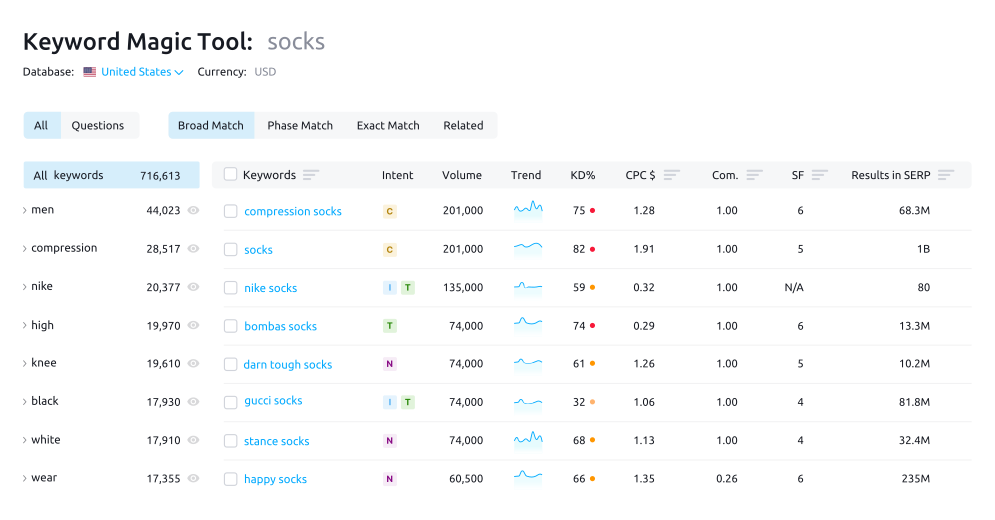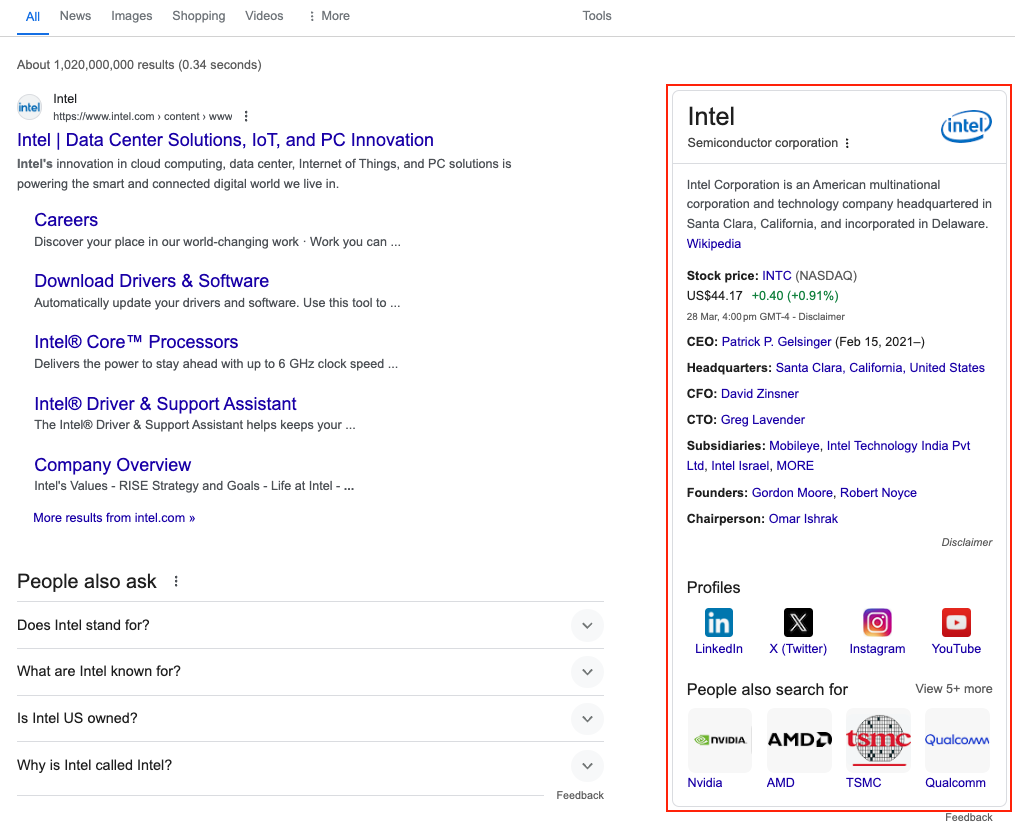
The way users discover information online is undergoing a revolution with the rise of voice search. Optimizing your website for voice search can significantly boost your search engine rankings and online visibility.
In today’s digital landscape, understanding how to tailor your content to voice search queries is crucial. By incorporating long-tail keywords, natural language, and concise answers, you can significantly increase your chances of appearing in voice search results.
Stay ahead of the curve by implementing voice search SEO strategies that cater to the evolving search habits of users. Learn how to adapt your SEO efforts to leverage the power of voice search and maximize your online presence effectively.
Table of Contents
The Rise and Importance of Voice Search SEO
Voice search is revolutionizing how users interact with the web. Optimizing your website for voice search can significantly impact your search engine rankings and overall online presence.
What is Voice Search Optimization?
Voice search optimization (VSEO) is the process of tailoring your website’s content and technical aspects to improve its visibility and ranking in voice search results. This optimization plays a crucial role in enhancing your online presence and attracting more organic traffic.

Importance of Voice Search in SEO
The potential reach of voice search is vast compared to traditional text-based searches. Users can speak faster than type, making voice search convenient for quick queries on the go.
This accessibility contributes to the significant increase in digital voice assistant users, with users making more than a billion voice searches every month in 2023, according to voice search data from Demandsage.
This growth signifies a shift towards voice-activated technologies, with people using digital assistants like Siri, Alexa, and Google Assistant becoming integral parts of daily life.
Researching Voice Search Keywords
Conversational and Long-Tail Keywords
Voice search queries differ significantly from traditional text-based searches. Users typically speak in a more conversational manner, asking longer questions to find the information they need. To optimize your website for voice search, it’s crucial to target long-tail keywords that mimic natural language and conversational phrases.
Instead of focusing on short, generic terms, consider keywords that reflect how people speak in real life. For example, instead of “chicken parmesan,” a more effective voice search keyword could be “best chicken parmesan recipe near me” or “how to make easy chicken parmesan at home.”
Tools for Keyword Research
To identify the most effective voice search keywords, digital marketers can leverage tools like the Keyword Magic Tool by SEMrush. This tool allows users to discover a wide range of relevant long-tail and question-based keywords that align with voice search trends. By analyzing these insights, businesses can tailor their SEO strategies to enhance their visibility in voice search results.

Benefits for SEO Strategies
Improved Conversion Rates
Voice search users often have a higher purchase intent compared to traditional text-based searchers. Optimizing your website for voice search can lead to better conversion rates as users are closer to making a purchase decision when they search by voice.
Imagine someone searching for “best pizza delivery near me.” By appearing at the top of voice search results and providing clear information about your offerings and delivery options, you’re more likely to convert that search into a sale.
Competitive Advantage
By implementing a strong voice search SEO strategy, you gain an edge over competitors who haven’t adapted to this growing trend. As voice search continues to gain popularity, being visible in voice search results can give you a significant advantage in attracting new customers.

Future-Proofing SEO Strategy
Voice search is no longer a fad; it’s the future of search. By optimizing your website now, you ensure your website stays relevant and visible as search habits evolve. This proactive approach will help you maintain a strong online presence in the long run.
Optimizing Content for Voice Queries
Natural Language Optimization
When optimizing content for voice search, focus on using natural language to match how people speak in real life. Incorporate long-tail keywords that mimic conversational phrases rather than short, generic terms.
Creating content that mirrors the way individuals ask questions verbally can significantly enhance your online visibility. By tailoring your website content to address common voice search queries, you increase the chances of appearing in relevant search results.
User-Focused Approach
Prioritizing a user-focused approach means designing your content to cater to the needs and preferences of your target audience. Understand the intent behind their voice searches and tailor your content to provide relevant, valuable information promptly.
Engage with users by offering solutions to their queries directly through your content. Consider adding an FAQ section or creating blog posts that directly address common questions related to your products or services.

Direct and Concise Answers
To rank well in voice search results, ensure your content provides direct and concise answers to common queries. Structure your content in a way that offers clear responses to questions like “Where is the nearest fried chicken restaurant?” or “What’s the best chicken batter recipe?”
Prioritizing Local SEO Strategies
Optimizing Business Listings
Business listings play a crucial role in local SEO efforts, especially in the realm of voice search. Ensuring that your business information is accurate and up-to-date across various online platforms can significantly impact your rankings. By maintaining consistency in your NAP (Name, Address, Phone Number) details, you enhance your chances of appearing in voice search results.
Having a Google My Business listing is essential for local SEO targeting. It not only boosts your visibility but also provides users with quick access to relevant information about your business. Optimizing this listing with relevant keywords and detailed descriptions can improve your chances of being discovered through voice queries.

Local Content Optimization
Creating localized content is key to improving your overall SEO strategy, particularly when it comes to voice search optimization. Tailoring your content to address specific local queries and incorporating trending topics within your area can attract more potential customers. Including location-specific keywords naturally throughout your content can further boost its relevance for voice searches.
When developing content for voice search, focus on answering common questions that users may ask verbally. Providing concise and informative responses can help you secure a spot as a featured snippet in search results. This not only enhances your visibility but also establishes credibility with local audiences seeking quick answers.
Impact of Accurate Location Information
Accurate location information is paramount for enhancing the effectiveness of voice search optimization strategies. When users perform voice searches for businesses or services nearby, having precise location details can direct them to your doorstep. Incorrect or inconsistent location data can lead to missed opportunities and negatively impact your SEO focus on local markets.
Ensuring that your business address is consistent across all platforms, including websites, directories, and social media profiles, is crucial for voice search success. Search engines rely on this information to deliver accurate results to users based on their proximity to businesses. By maintaining updated location data, you increase the likelihood of attracting local customers actively searching via voice commands.
Capturing Google Featured Snippets
Relevance of Featured Snippets
Featured snippets play a crucial role in voice search results, providing users with concise and direct answers to their queries. When optimizing for voice search SEO, appearing in a featured snippet can significantly increase visibility and authority.

Optimizing Content for Featured Snippets
To enhance the chances of appearing in a featured snippet, focus on creating clear, structured content that directly answers common questions. Use bulleted or numbered lists, tables, and concise paragraphs to provide information efficiently.
Benefits of “Position Zero” for Voice Queries
Securing the top spot in Google’s featured snippets, also known as “position zero,” can lead to increased website traffic, credibility, and brand recognition. Being the first source of information in voice search results enhances user trust and positions the website as an industry authority.
Technical SEO for Voice Search
Optimizing your website’s technical aspects ensures a smooth user experience for voice search users. Key factors include:
Website Loading Speed
Optimizing website loading speed is crucial for voice search SEO. Slow loading times can deter users and affect rankings.
Users expect quick answers when searching by voice. Optimizing website loading speed involves compressing images, reducing redirects, and leveraging browser caching. These steps enhance user experience and improve search engine ranking for voice queries.
Mobile Functionality
Enhancing mobile functionality is essential for voice search optimization. Websites must be mobile-responsive for better visibility and user interaction.
Mobile-friendly websites feature responsive design, easy navigation, and quick access to information. This ensures a seamless experience across devices.
Structured Data (Schema Markup)
Implementing schema markup helps search engines understand your website content better, making it more likely to be displayed in voice search results. Schema markup provides search engines with additional information about your webpage’s content, such as the type of content (article, recipe, product), business hours, and author information.
Here’s an example of one of Intel’s organization markup. It appears when individuals search for the company, providing potential customers or interested parties with convenient and swift access to vital business information.

By using schema markup, you can enrich search results for your website, improving click-through rates from voice search queries.
Monitoring Voice Search Performance
Tracking performance is essential for understanding the effectiveness of your voice search SEO strategy. Google Analytics serves as the primary tool, offering valuable insights like:
- Organic Traffic: Monitor the overall organic traffic driven by voice search queries.
- Click-Through Rate (CTR) for Voice Search Queries: Analyze how often users click on your website after a voice search result is displayed.
- Dwell Time and Bounce Rate: Measure how long users stay on your website after a voice search and how many leave immediately. This data indicates user engagement and content relevance.
Additional tools like SEMrush or Ahrefs can also be used for competitive analysis, offering data on keyword trends and competitor strategies.
Final Remarks
By exploring the realm of Voice Search SEO, you’ll discover the importance of adapting your strategies to align with evolving search trends. Understanding the nuances of Voice Search Optimization, researching keywords tailored for voice queries, and optimizing content for this medium are all crucial steps in enhancing your online visibility. Prioritize local SEO efforts, capture Google Featured Snippets, and refine technical SEO practices to cater to the changing landscape of search engine algorithms.
Monitoring performance metrics and utilizing Schema Markup effectively are integral components of a comprehensive Voice Search SEO strategy. By embracing these tactics, businesses can stay ahead in the digital arena, connect with their target audience more effectively, and maintain a competitive edge as technology continues to advance.
Related Article:
The following article may contain the author’s opinions and interpretations of the subject matter. Any of the products, services, or platforms mentioned is not sponsored or affiliated.
Featured Image courtesy of pch.vector on Freepik
